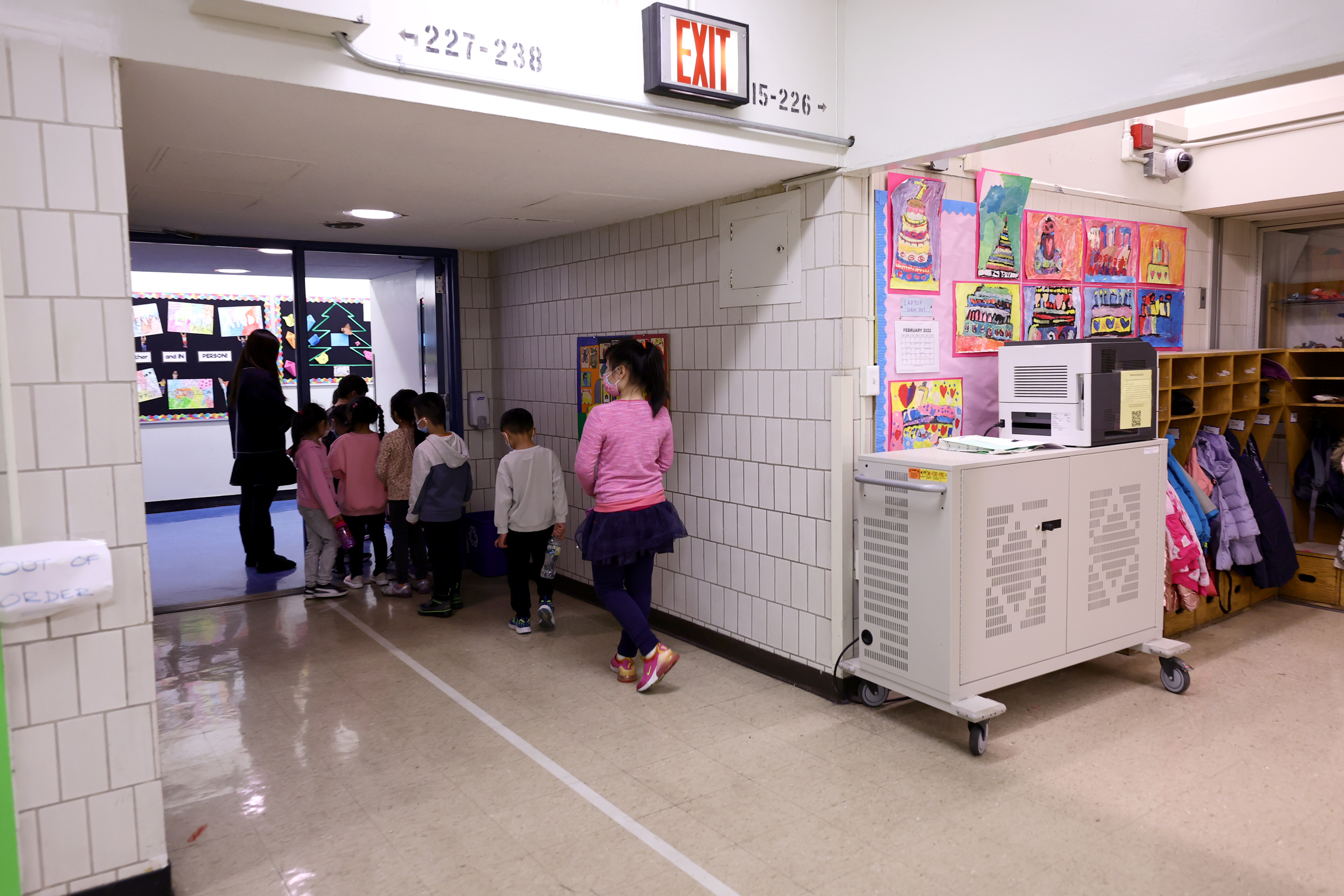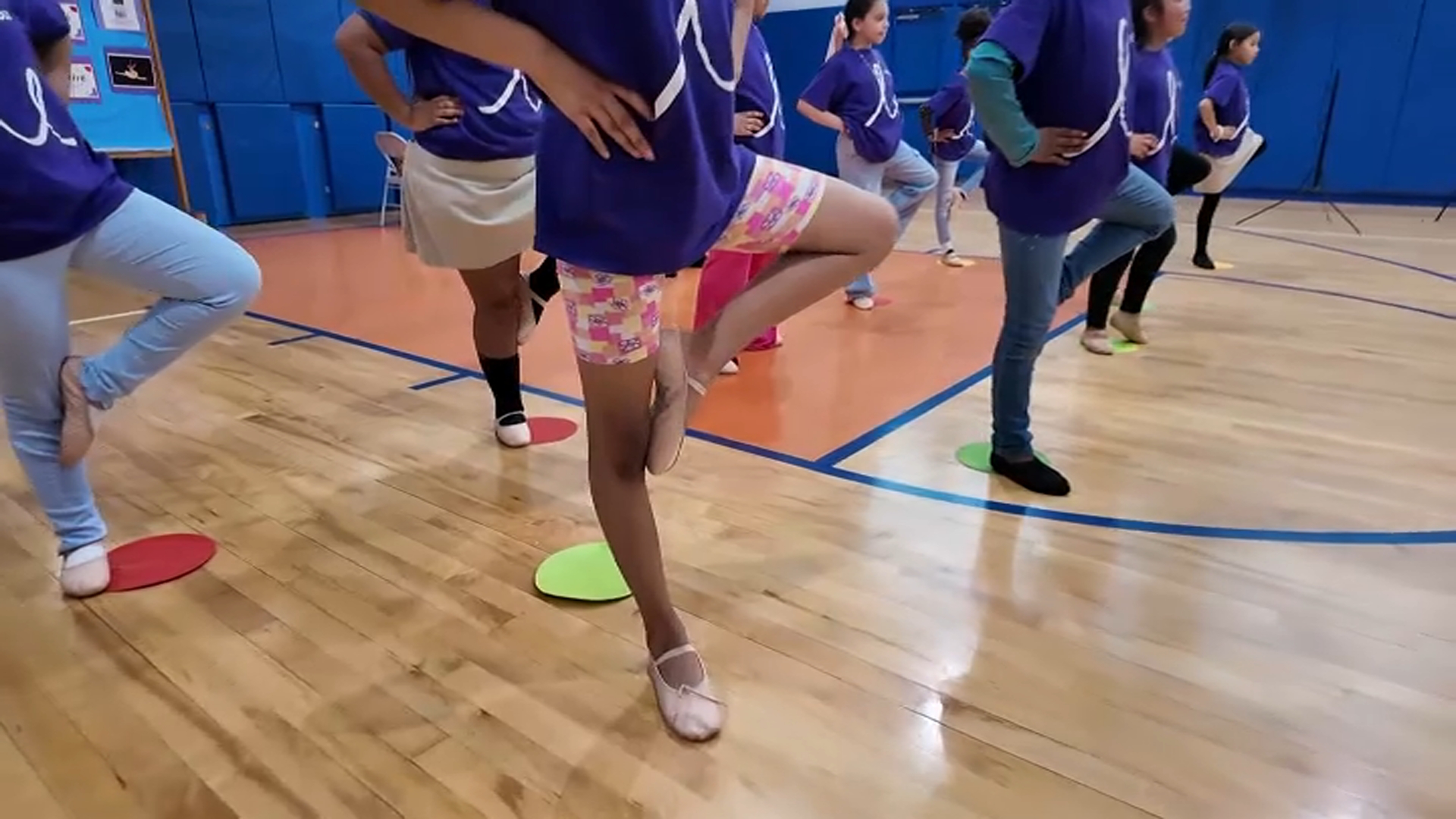NYC's $331M After-School Plan: Benefits for Families!
NYC's "After-School for All" Plan: A Game Changer for Families!
Introduction: A New Dawn for NYC Families
New York City parents, are you ready for some good news? Mayor Eric Adams just unveiled a groundbreaking initiative, the "After-School for All" plan, and it's poised to revolutionize childcare accessibility for everyday New Yorkers. Imagine a world where after-school programs are not a luxury, but a readily available resource for your children. Well, that future is closer than you think!
This isn't just another political promise; it's a tangible commitment backed by a significant investment. Get ready to dive into the details of how this plan will impact your family and the city as a whole.
A Whopping $331 Million Investment: Putting Money Where Their Mouth Is
The heart of this plan lies in a substantial $331 million investment, earmarked to strengthen and expand after-school programs across the five boroughs. This isn't chump change, folks. It's a serious commitment to ensuring that our children have access to enriching and supportive environments after the school bell rings. This investment will be part of Mayor Adams' upcoming executive budget, signaling the city's dedication to making this vision a reality.
Building on the Past, Investing in the Future
Remember former Mayor Bill de Blasio's universal 3- and 4-K programs? "After-School for All" builds on that legacy, extending access to vital resources for younger students. It's about creating a seamless educational experience that doesn't end when the school day does.
20,000 New Seats: Expanding Opportunity for All
This funding isn't just about maintaining the status quo; it's about growth. The plan aims to add 20,000 new seats over the next three school years. This means more opportunities for your children to participate in enriching activities, develop new skills, and build lasting friendships.
Reaching 184,000 Students: A Truly Universal Approach
By the time this plan is fully implemented, it will serve a staggering 184,000 public school students in kindergarten through eighth grade. This is a monumental achievement, representing a significant stride toward universal access to after-school programming. The total annual investment will reach a remarkable $755 million. Think of it as an investment in our children's future, and by extension, the future of our city.
Why After-School Matters: Beyond Babysitting
Let's be clear: after-school programs are more than just glorified babysitting services. They are crucial for a child's development, providing a safe and supportive environment where they can learn, grow, and thrive. These programs offer a wealth of opportunities for academic enrichment, social-emotional learning, and creative expression.
Academic Enrichment: Boosting Learning Beyond the Classroom
Many after-school programs offer tutoring, homework help, and other academic support services. This can be a lifesaver for students who are struggling in certain subjects or who simply need a little extra help to stay on track. After-school programs can make learning fun and engaging. Plus, students have the chance to explore subjects they might not get to in the regular school day, like coding or robotics.
Social-Emotional Learning: Nurturing Well-Rounded Individuals
Social-emotional learning (SEL) is just as important as academic learning. After-school programs provide opportunities for children to develop crucial social skills, such as communication, collaboration, and conflict resolution. These skills are essential for success in school, work, and life.
Creative Expression: Unleashing Inner Talents
From art and music to drama and dance, after-school programs offer a wide range of opportunities for creative expression. This can help children discover their talents, build confidence, and develop a lifelong love of the arts.
Addressing the Childcare Crisis: A Lifeline for Working Families
Let's face it: childcare in New York City is expensive. The "After-School for All" plan can provide much-needed relief for working families, allowing parents to work without having to worry about the safety and well-being of their children.
Financial Relief: Easing the Burden on Budgets
By making after-school programs more affordable and accessible, this plan can free up significant resources for families. This means more money for groceries, rent, and other essential expenses.
Peace of Mind: Knowing Your Child is Safe and Supported
Perhaps the most valuable benefit of this plan is the peace of mind it provides to parents. Knowing that your child is in a safe, supportive, and enriching environment after school can alleviate a great deal of stress and anxiety.
How to Access These Programs: Navigating the System
So, how can you take advantage of this exciting new initiative? While the specifics of enrollment may vary depending on the program and location, there are several general steps you can take to get started.
Contacting Your School: A First Point of Contact
Your child's school is a great place to start. School administrators and teachers can provide information about after-school programs offered at the school and how to enroll.
Visiting the Department of Youth and Community Development Website
The NYC Department of Youth and Community Development (DYCD) is a valuable resource for finding after-school programs in your area. Their website offers a searchable database of programs, as well as information about eligibility requirements and enrollment procedures.
Attending Community Meetings and Information Sessions
Keep an eye out for community meetings and information sessions related to the "After-School for All" plan. These events can provide valuable insights into the program and allow you to ask questions directly to program administrators.
Challenges and Opportunities: Looking Ahead
While the "After-School for All" plan is a significant step in the right direction, there are still challenges to overcome. Ensuring equitable access for all students, maintaining program quality, and securing long-term funding are all critical considerations. However, the opportunities presented by this plan are immense. By working together, we can create a city where every child has the opportunity to thrive.
The Long-Term Impact: Investing in a Brighter Future
The "After-School for All" plan is not just about providing childcare; it's about investing in the future of our city. By giving our children the support they need to succeed, we are building a stronger, more vibrant, and more equitable New York City for all.
Conclusion: A Win-Win for NYC Families
The "After-School for All" plan is a game-changer for New York City families. With a $331 million investment, the addition of 20,000 new seats, and a commitment to reaching 184,000 students, this initiative promises to make after-school programs more affordable, accessible, and enriching for all. It's a win-win for parents, children, and the city as a whole. This plan will not only ease the childcare burden but also equip children with skills for long term success.
Frequently Asked Questions (FAQs)
-
Q: Who is eligible for the "After-School for All" program?
A: All public school students in kindergarten through eighth grade are eligible, with priority given to students who are most in need of services.
-
Q: How much will the program cost?
A: The program aims to make after-school care free or significantly reduced in cost for eligible families. Specific costs vary based on program and eligibility.
-
Q: How do I enroll my child in an after-school program?
A: Contact your child's school or visit the NYC Department of Youth and Community Development (DYCD) website for information on enrollment procedures and available programs.
-
Q: What types of activities are offered in after-school programs?
A: Activities vary by program but typically include homework help, tutoring, arts and crafts, sports, and other enrichment activities.
-
Q: How will the city ensure the quality of after-school programs?
A: The city will implement quality standards and provide ongoing training and support for program staff to ensure that all programs meet the needs of students.

